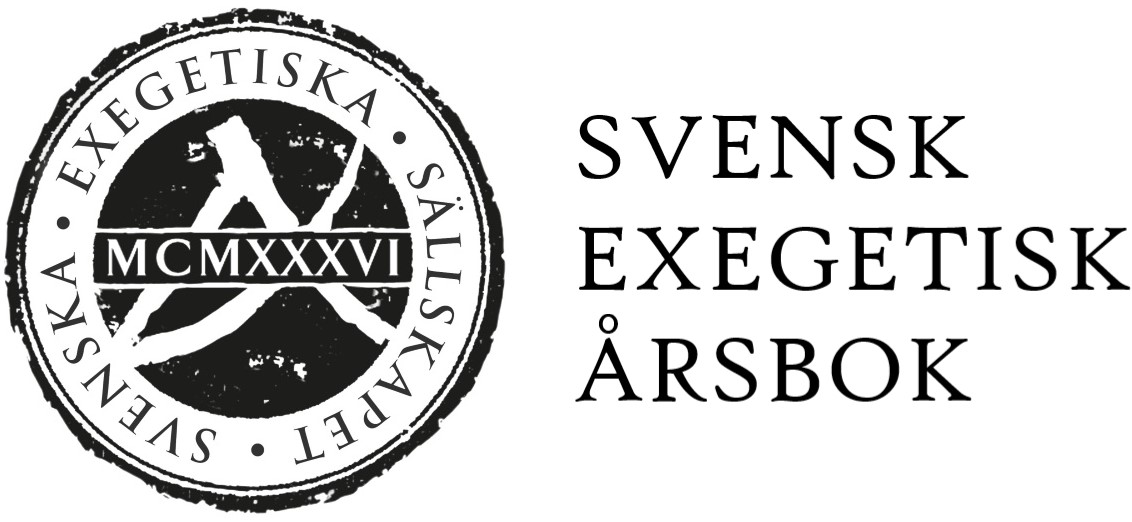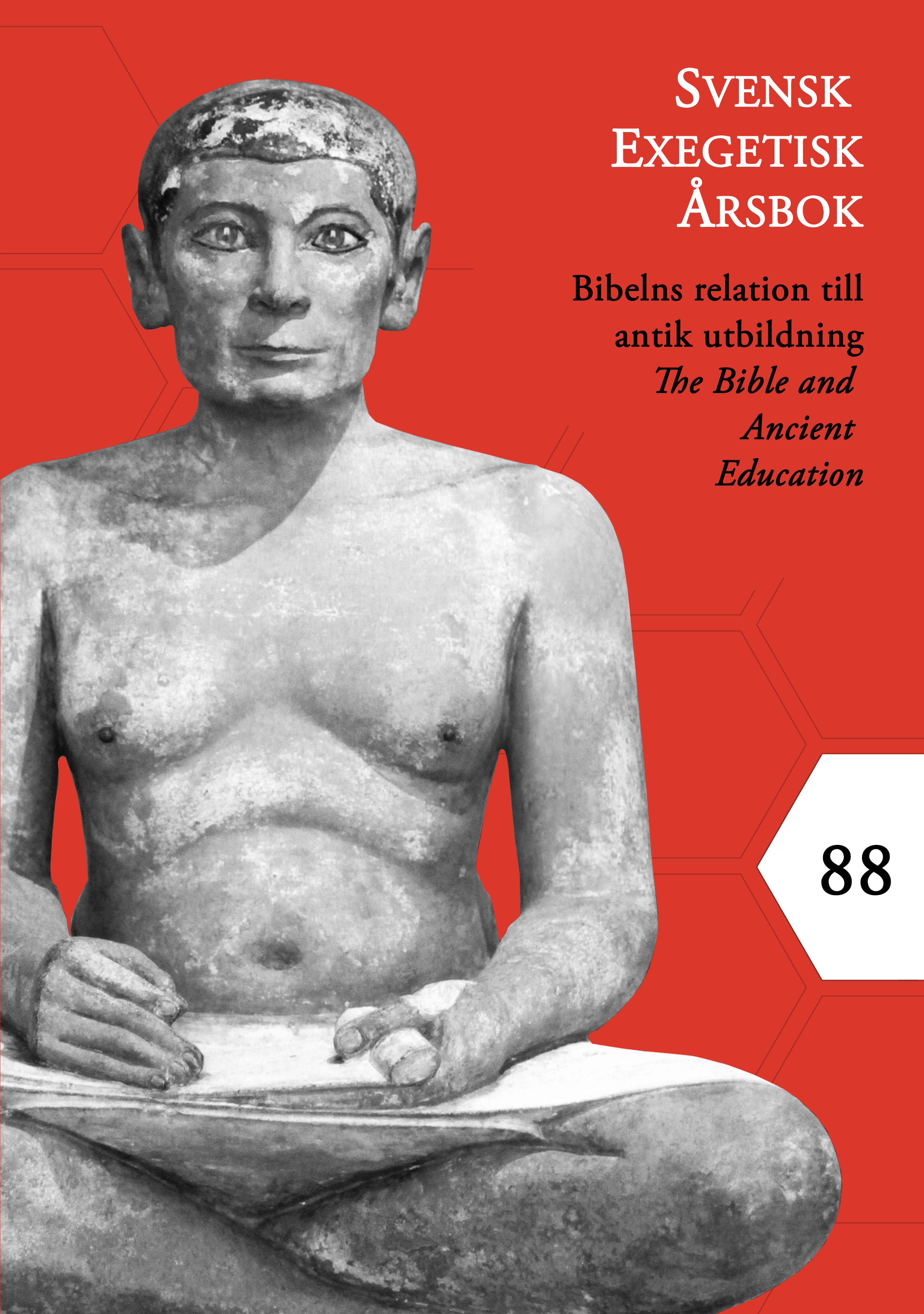Gowns, Crowns, and the Marriage Metaphor
Divinization and Divine Dethronement in Ezekiel 16
DOI:
https://doi.org/10.58546/se.v88i1.12052Keywords:
Ezekiel 16, Papyrus Amherst 63, Mīs Pî ritual, dress, nudity, divinization, cult statues, priestly dressAbstract
In this essay, I consider the specifics of the language and imagery of dressing and undressing in Ezekiel 16. Jerusalem is dressed in an embroidered garment, along with other items of dress and adornment. These items occur in a variety of contexts in biblical and ancient Jewish literature: as the dress appropriate for cultic functionaries as well as the Tabernacle, and to dress angels and deities. In fact, I argue that these two usages are connected, with priestly dress itself developing from the practice of clothing cult statues. Other elements in the investiture of Jerusalem also recall procedures appropriate for a cultic statue. As such, this text “dresses” Jerusalem as a deity. These clothing items therefore connect Jerusalem to the divine sphere, transforming her status. Dressing the woman in these items can be understood as an act of divinization, making her into and marking her out as appropriate for marriage to Yahweh. Stripping the woman then undoes this act of divinization. Understanding the function of dressing and undressing therefore has implications for understanding the marriage metaphor in Ezekiel 16 and the wider Hebrew Bible, with the implication that Yahweh’s bride herself had divine status.
Downloads
Published
How to Cite
Issue
Section
License
Copyright (c) 2023 Laura Quick

This work is licensed under a Creative Commons Attribution-NonCommercial-NoDerivatives 4.0 International License.






